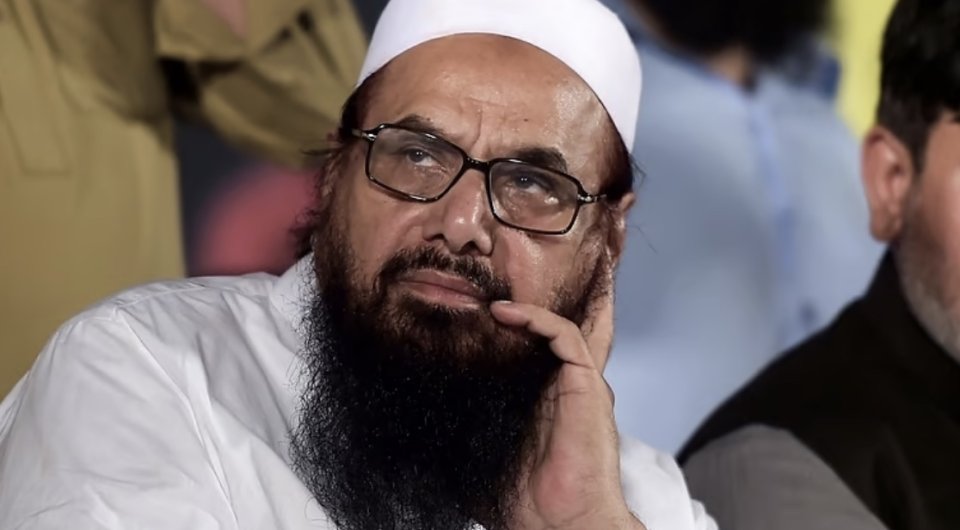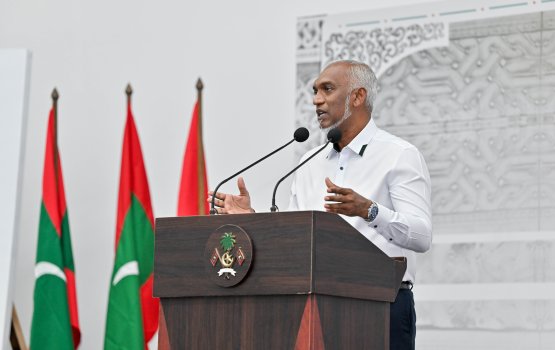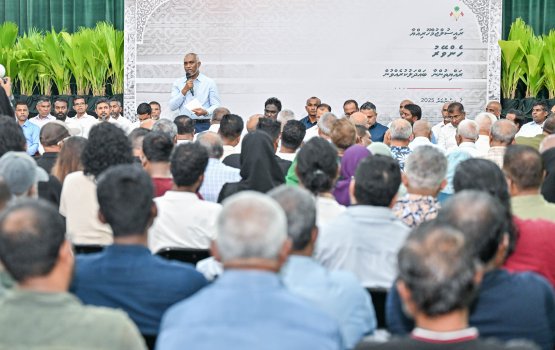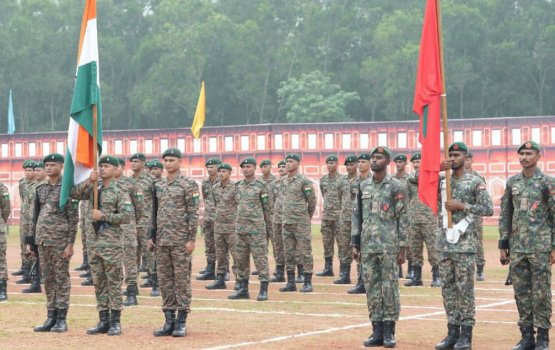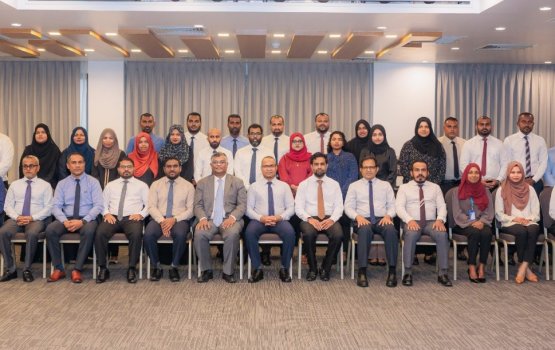Following last month’s deadly terror attack in Kashmir’s Pahalgam, India launched Operation Sindoor on Wednesday, striking nine locations across Pakistan and Pakistan-occupied Kashmir. The Indian government said these sites were being used to plan and coordinate attacks against India, and confirmed that most were linked to the Lashkar-e-Taiba (LeT) and Jaish-e-Mohammad (JeM)—two Pakistan-based terror groups designated by the United Nations Security Council as terrorist organisations.
Backdrop of Rising Tensions
The two nuclear-armed neighbours have fought multiple wars, including two over the disputed region of Kashmir, which both countries claim in full but control in part. The current escalation comes after 26 Indian civilians were killed in a terror attack in April, which India attributed to militants linked to LeT. Pakistan has denied involvement, claiming instead that the Indian airstrikes killed 26 civilians and resulted in the downing of five Indian jets—an assertion New Delhi has denied.
India maintains its military response was targeted, precise, and aimed solely at eliminating terrorist infrastructure. Among the nine sites hit, seven were linked to LeT and JeM.
Lashkar-e-Taiba (LeT)
Founded around 1990 by Hafiz Saeed, LeT—short for “Army of the Pure”—is based in Punjab, Pakistan, and India says has long focused on attacking Indian interests, especially in Kashmir. The group is accused of carrying out some of the deadliest attacks on Indian soil, including the 2008 Mumbai attacks that killed 166 people, and the 2001 attack on the Indian Parliament, according to reports.
The UN says LeT has conducted numerous attacks on both military and civilian targets since the early 1990s. India’s recent strikes included Markaz Taiba, LeT’s reported headquarters in Muridke, located near Lahore and just 25 km from the Indian border. This site was allegedly used to train the Mumbai attackers.
Although Pakistan claims the group has been banned, and Hafiz Saeed is currently serving a 31-year sentence for terror financing, critics argue LeT continues to operate under various charitable fronts.
Jaish-e-Mohammad (JeM)
Another key target in Operation Sindoor was Jaish-e-Mohammad, a group founded in 2000 by Masood Azhar following his release from an Indian prison in exchange for hostages from a hijacked Indian Airlines flight.
Headquartered in Bahawalpur, Punjab, JeM has been linked to al-Qaeda and the Taliban, and has claimed responsibility for numerous suicide bombings in Kashmir as per reports. Though banned in Pakistan in 2002, Indian and U.S. officials assert that JeM continues to operate openly.
India’s strikes targeted Markaz Subhan Allah in Bahawalpur, identified as JeM’s primary base of operations, approximately 100 km from the border.
Azhar’s current whereabouts remain unclear, though unconfirmed reports suggest he continues to oversee religious and militant operations near Bahawalpur.
India's Stance
India has long accused Pakistan of using militant groups as proxies to wage asymmetric warfare, particularly in Jammu and Kashmir. While Pakistan denies sponsoring terrorism and counters with claims of Indian involvement in internal unrest, global pressure has been mounting on Islamabad to crack down on UN-designated terrorist groups operating within its borders.
India has reiterated that its actions under Operation Sindoor were measured, non-escalatory, and focused solely on counterterrorism. Officials maintain that the operation was not aimed at the Pakistani military or civilian population, but solely at dismantling the infrastructure of terrorism that threatens regional stability. (Source: Khaleej Times)

